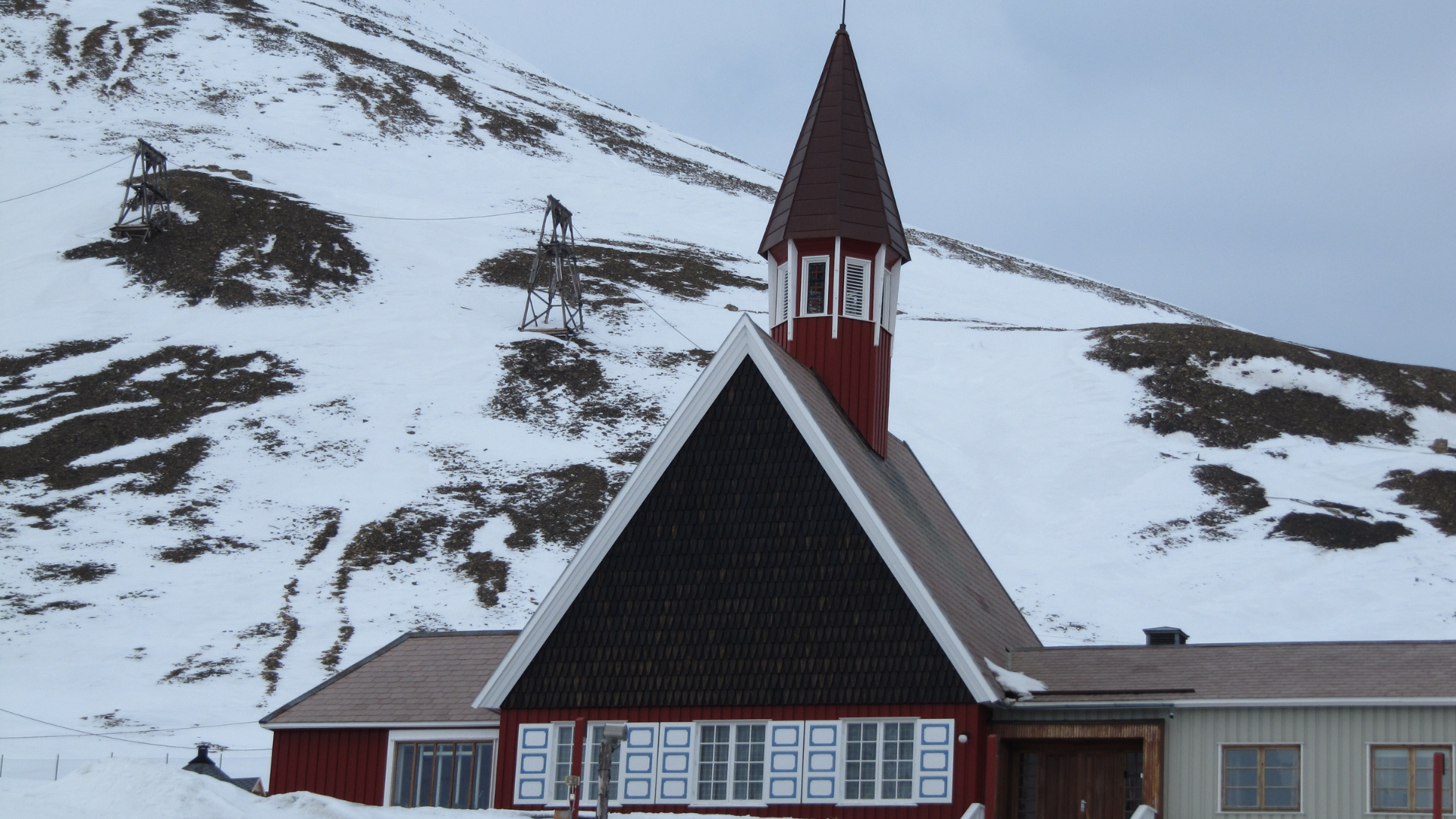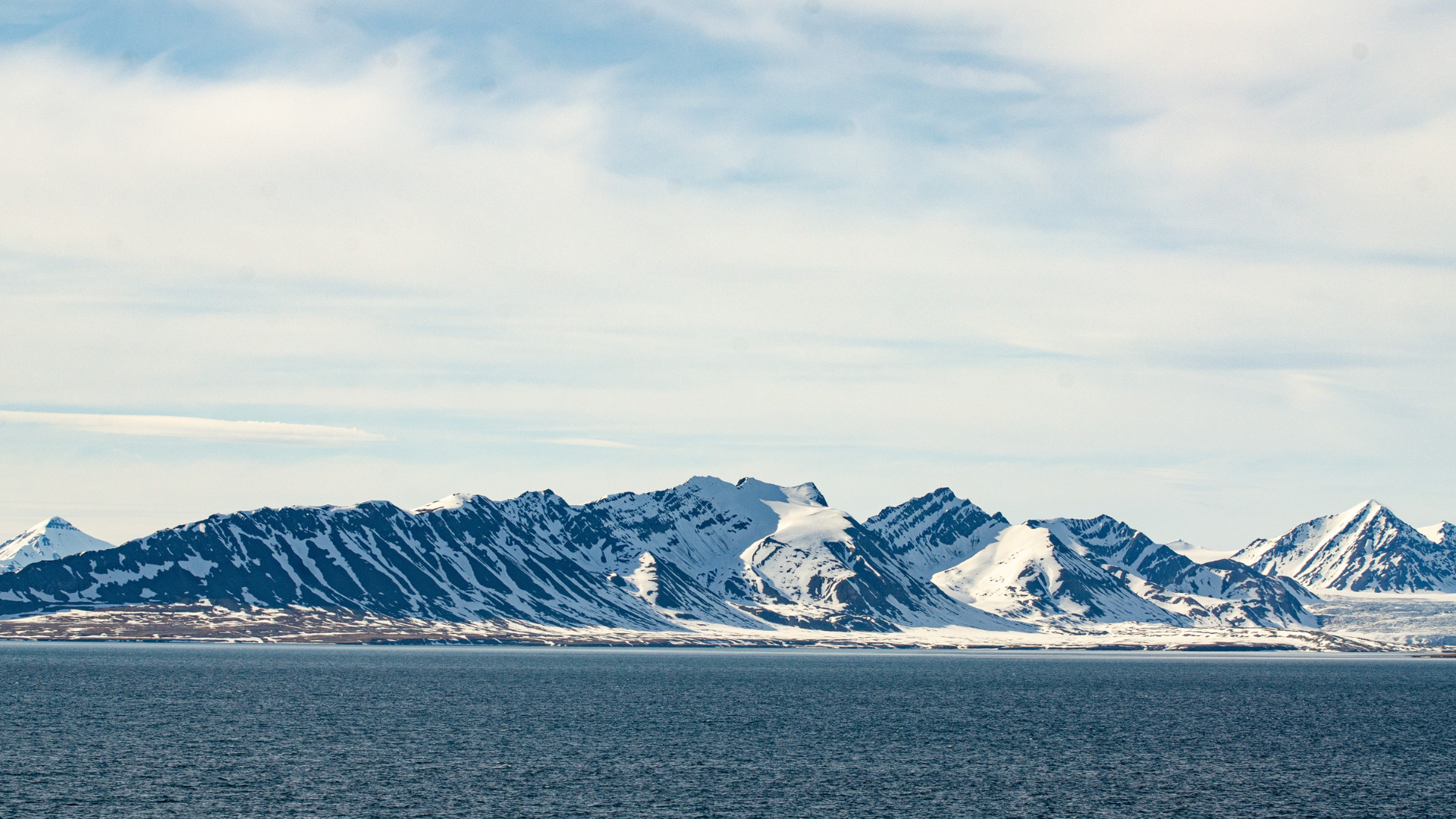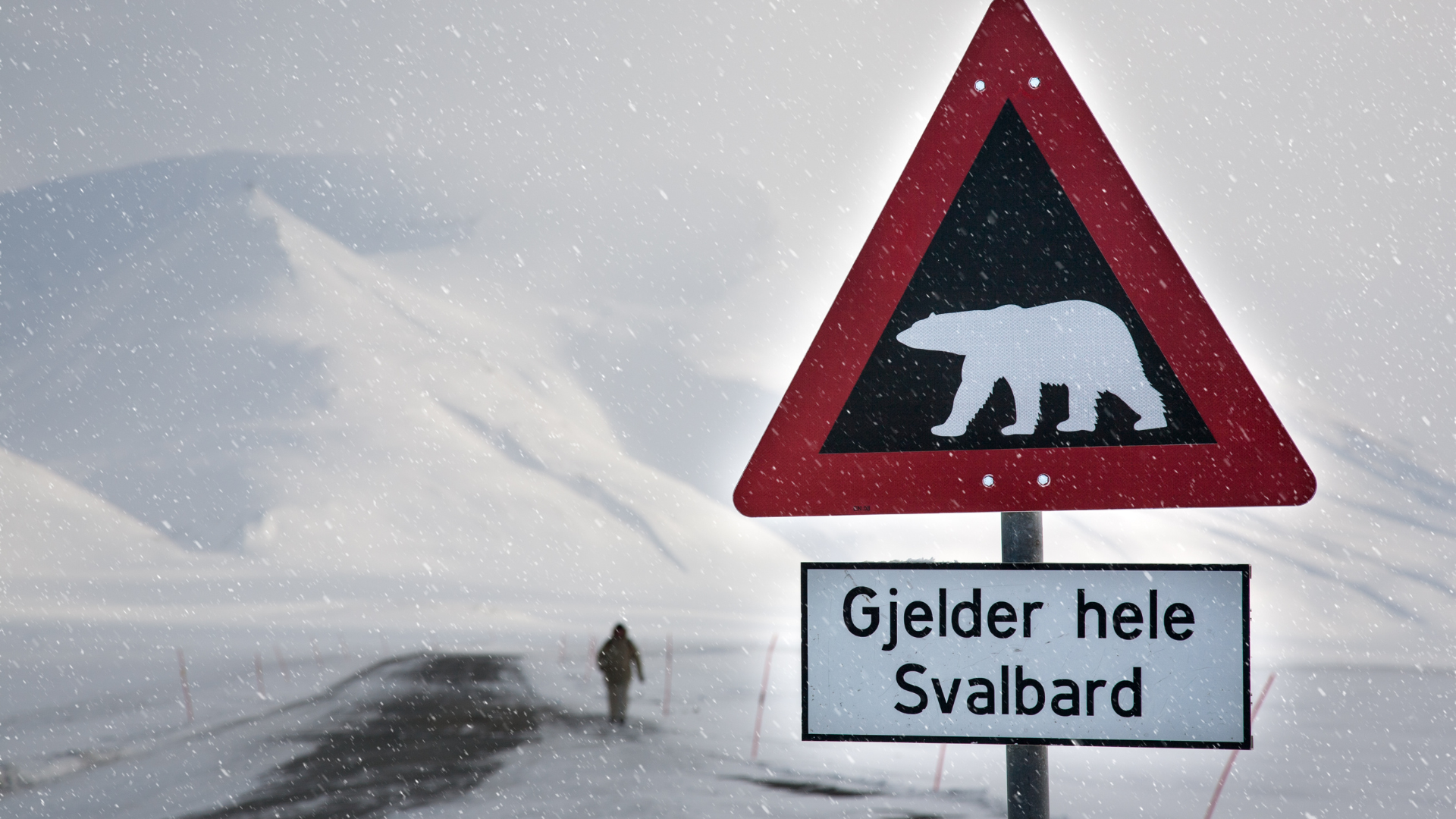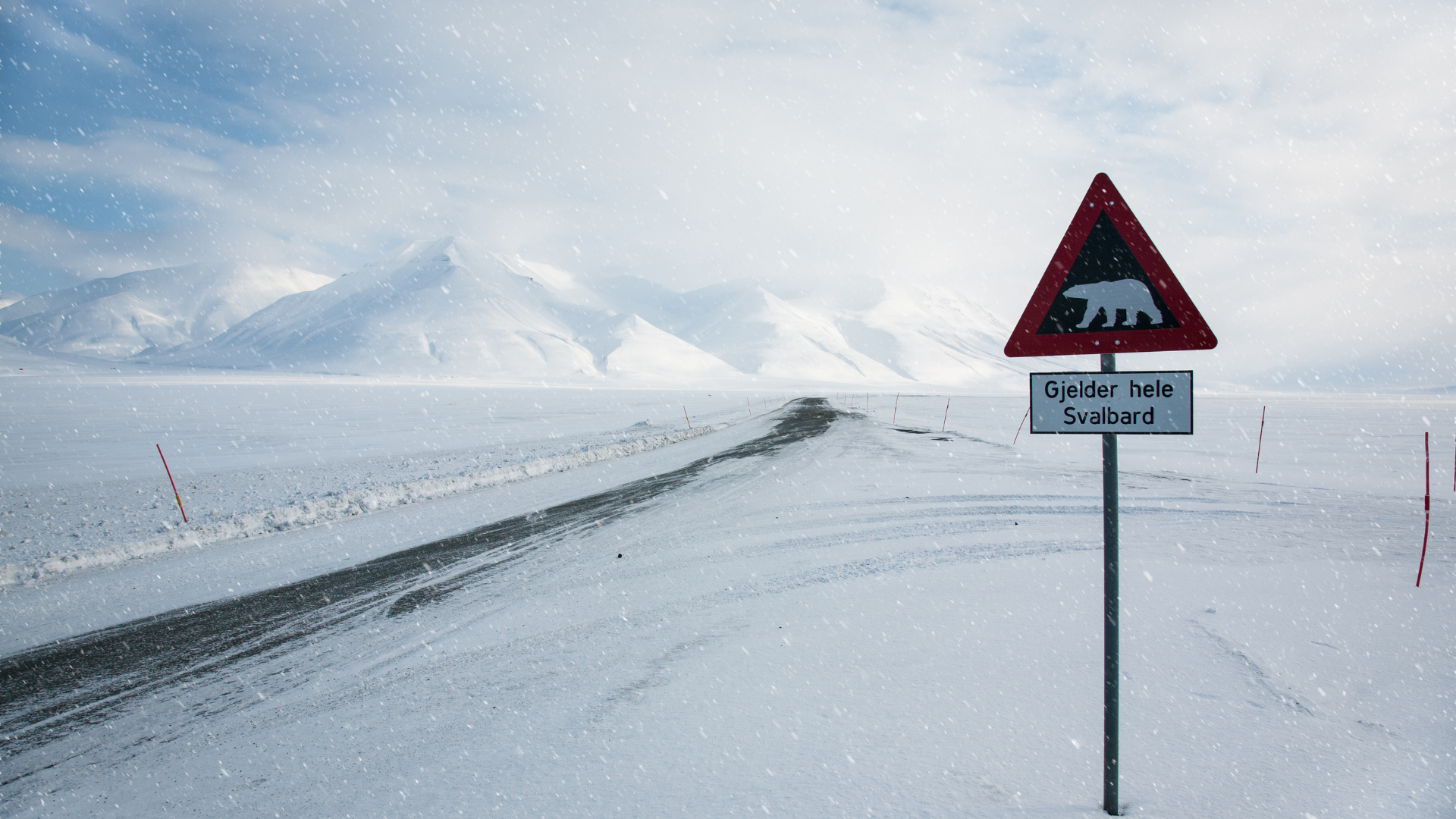Discovering Unknown Facts About Svalbard
Svalbard, a remote archipelago nestled in the frigid embrace of the Arctic Circle, conjures images of polar bears, towering glaciers, and endless expanses of ice. While this rugged wilderness has captured the imagination of adventurers and explorers for centuries, there are many fascinating facts about Svalbard that remain relatively unknown to the casual observer. From its unique governance structure to its rich cultural heritage, here are some lesser-known aspects of Svalbard that shed light on this captivating corner of the world.
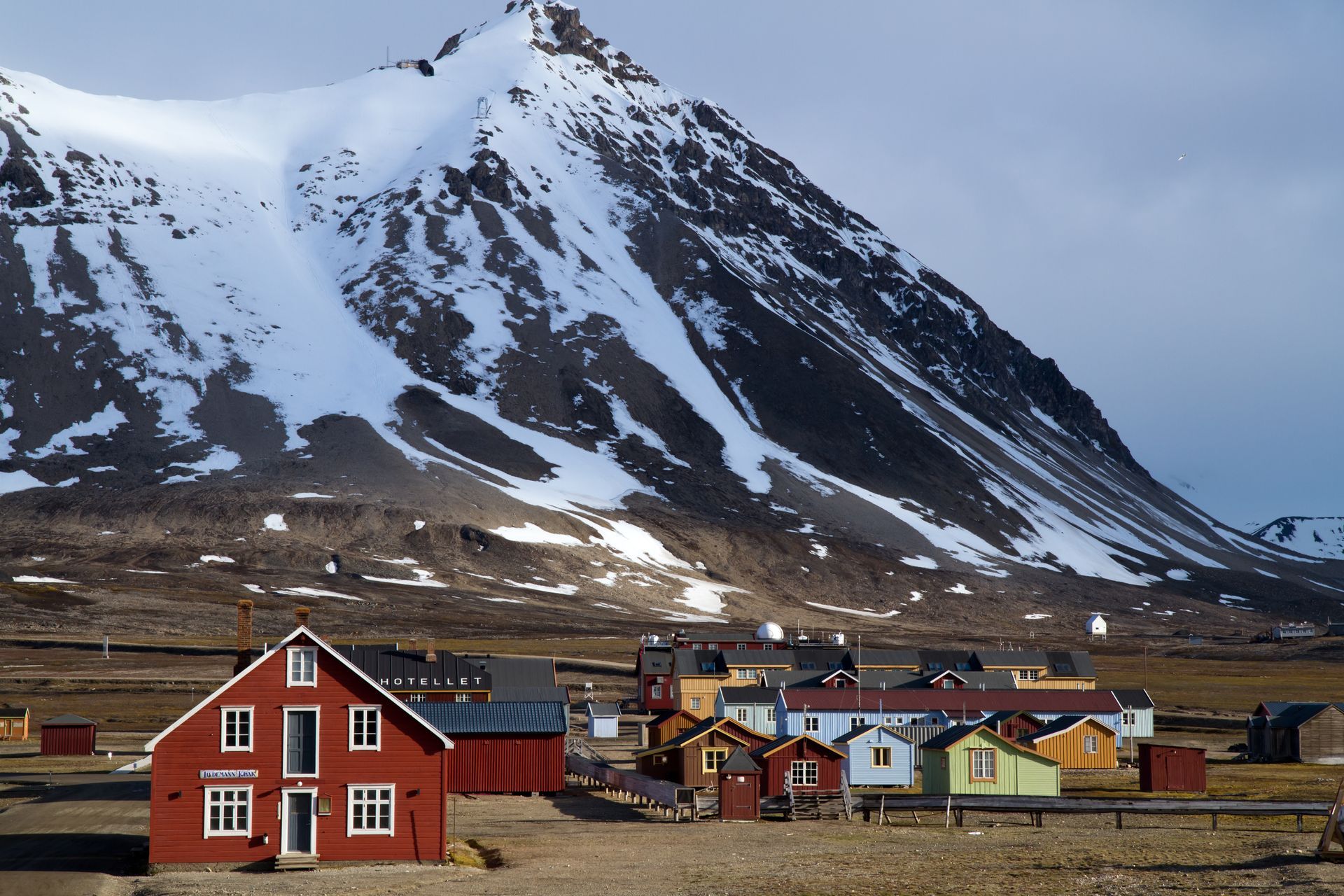
1. International Territory
Despite its proximity to Norway and its Norwegian sovereignty, Svalbard is not governed by the same laws and regulations as mainland Norway. Instead, the archipelago operates under the terms of the Svalbard Treaty of 1920, which grants equal rights to signatory countries for economic activities such as mining and fishing. This unique governance structure makes Svalbard an international territory with a distinct set of rules and regulations.
2. Midnight Sun and Polar Night
Due to its high latitude, Svalbard experiences phenomena such as the midnight sun and polar night, where the sun remains continuously above or below the horizon for extended periods. During the summer months, visitors to Svalbard can experience the surreal spectacle of the midnight sun, where the sun remains visible 24 hours a day, casting an ethereal glow over the Arctic landscape. In contrast, the polar night shrouds Svalbard in darkness for several months during the winter, creating an otherworldly atmosphere illuminated only by the glow of the Northern Lights.
3. Vibrant Wildlife
While polar bears often steal the spotlight as Svalbard's most iconic inhabitants, the archipelago is home to a diverse array of wildlife, both on land and in the surrounding seas. Visitors to Svalbard can encounter Arctic foxes, reindeer, walruses, and numerous bird species, including puffins, guillemots, and kittiwakes. The surrounding waters teem with life as well, with whales, seals, and a variety of marine mammals inhabiting the icy depths.
4. Global Seed Vault
Hidden deep within the permafrost of a remote mountain on the island of Spitsbergen lies the Svalbard Global Seed Vault, often referred to as the "Doomsday Vault." This secure facility serves as a global repository for the world's crop seeds, safeguarding agricultural biodiversity and ensuring the preservation of vital plant species in the event of a global catastrophe. The vault currently houses over one million seed samples from nearly every country in the world, making it a crucial resource for the future of agriculture and food security.
5. Rich Cultural Heritage
Despite its harsh and unforgiving environment, Svalbard has a rich cultural heritage shaped by centuries of exploration, mining, and scientific research. The archipelago is home to several historic mining settlements, including Pyramiden and Barentsburg, which offer a glimpse into Svalbard's industrial past. Additionally, Longyearbyen, the largest settlement, boasts museums, art galleries, and cultural events that celebrate the region's unique history and heritage.
6. Arctic Research Hub
Svalbard serves as a hub for scientific research and exploration, attracting researchers from around the world to study its unique environment and ecosystems. The archipelago is home to numerous research stations and facilities dedicated to studying climate change, glaciology, Arctic biology, and other fields of scientific inquiry. Svalbard's pristine wilderness and remote location make it an ideal laboratory for understanding the impacts of climate change and human activity on the fragile Arctic ecosystem.
Svalbard's enigmatic allure extends far beyond its icy landscapes and polar bears, encompassing a rich tapestry of history, culture, and scientific discovery. From its unique governance structure to its vibrant wildlife and rich cultural heritage, Svalbard offers a wealth of hidden treasures waiting to be discovered by intrepid adventurers and curious travelers alike. As one of the last true wildernesses on Earth, Svalbard continues to captivate the imagination and inspire awe in all who venture into its frozen embrace.



